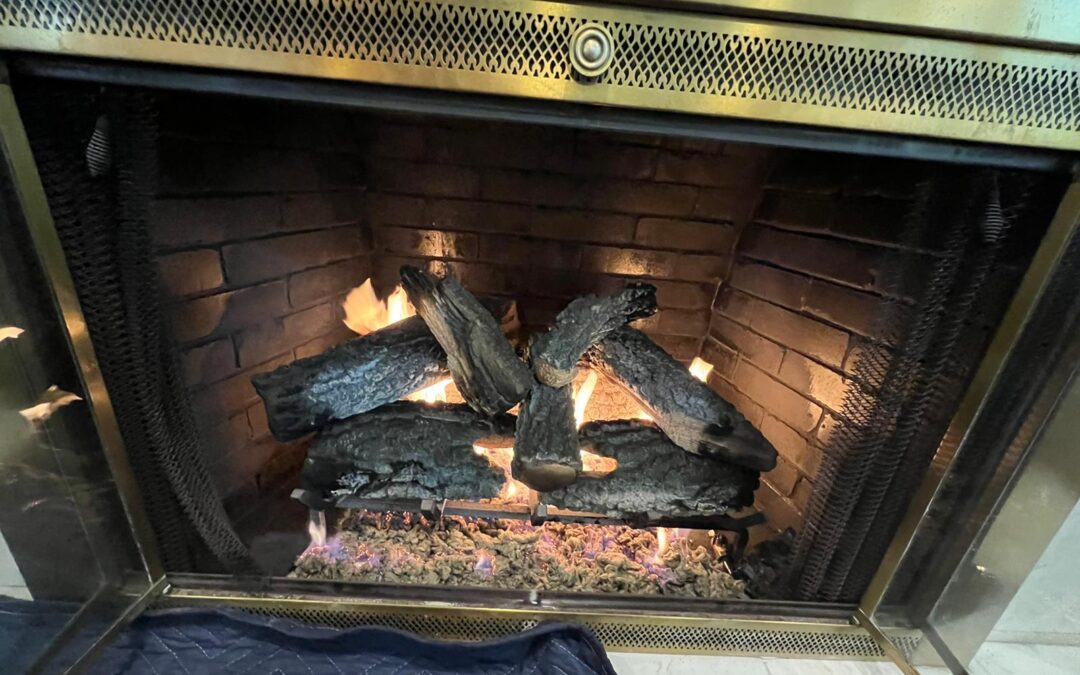A well-maintained fireplace is not only a cozy focal point in your home but also a critical component for safe and efficient heating during colder months. Proper maintenance ensures that your fireplace operates efficiently, minimizes potential hazards, and extends its lifespan. This guide will walk you through the essential steps to keep your fireplace in top condition.
Regular Inspections: Your First Line of Defense
The cornerstone of fireplace maintenance is a regular inspection. Scheduling an annual inspection by a certified professional can help identify issues such as cracks, blockages, or signs of wear that may not be visible to the untrained eye. Inspections are particularly important before the start of the cold season when the fireplace is used more frequently. A thorough check can ensure that your fireplace is safe to operate and help prevent potential fires or carbon monoxide leaks.
Chimney Cleaning: Preventing Creosote Buildup
One of the most critical aspects of fireplace maintenance is chimney cleaning. Over time, creosote, a byproduct of burning wood, can build up inside the chimney. This highly flammable substance poses a significant fire risk if not regularly removed. Depending on your fireplace usage, it is recommended to have your chimney cleaned at least once a year, ideally after the winter season. A professional chimney sweep can safely remove creosote and any other debris that may obstruct the chimney.
Maintaining the Firebox: Keeping It Clean and Functional
The firebox, where the fire is contained, requires regular cleaning to ensure it functions efficiently. Ashes should be removed frequently, especially if they build up more than an inch thick. However, leaving a thin layer of ash can help start fires more easily. Additionally, check for any signs of damage, such as cracked bricks or deteriorating mortar, which could compromise the integrity of the firebox.
Inspecting and Replacing Damaged Components
Fireplaces have several components that require regular inspection and, if necessary, replacement. This includes the damper, which controls airflow, and the chimney cap, which prevents debris and animals from entering the chimney. A damaged damper can lead to inefficient burning and increased energy costs, while a broken chimney cap can allow rain, snow, or pests to enter, causing further damage.
Choosing the Right Firewood: Enhancing Efficiency and Safety
The type of wood you burn in your fireplace significantly impacts its efficiency and safety. Always use seasoned hardwoods like oak, maple, or ash, which burn hotter and produce less creosote compared to softwoods. Avoid burning treated wood, painted wood, or any material that contains chemicals, as these can release harmful toxins into your home and contribute to creosote buildup.
Fireplace Safety Tips: Protecting Your Home and Family
While a well-maintained fireplace is generally safe, it’s crucial to follow additional safety practices to protect your home and family. Always use a fireplace screen to prevent sparks from flying out, and never leave a fire unattended. Ensure you have functioning smoke detectors and carbon monoxide alarms in your home, especially near the fireplace. It’s also wise to keep a fire extinguisher nearby in case of emergencies.
Proper fireplace maintenance is essential for ensuring both warmth and safety in your home. By following these guidelines, you can enjoy the comfort of a crackling fire while minimizing the risks associated with fireplace use. Regular inspections, chimney cleaning, and attention to detail in maintaining all components of your fireplace will keep it in top shape for years to come.

